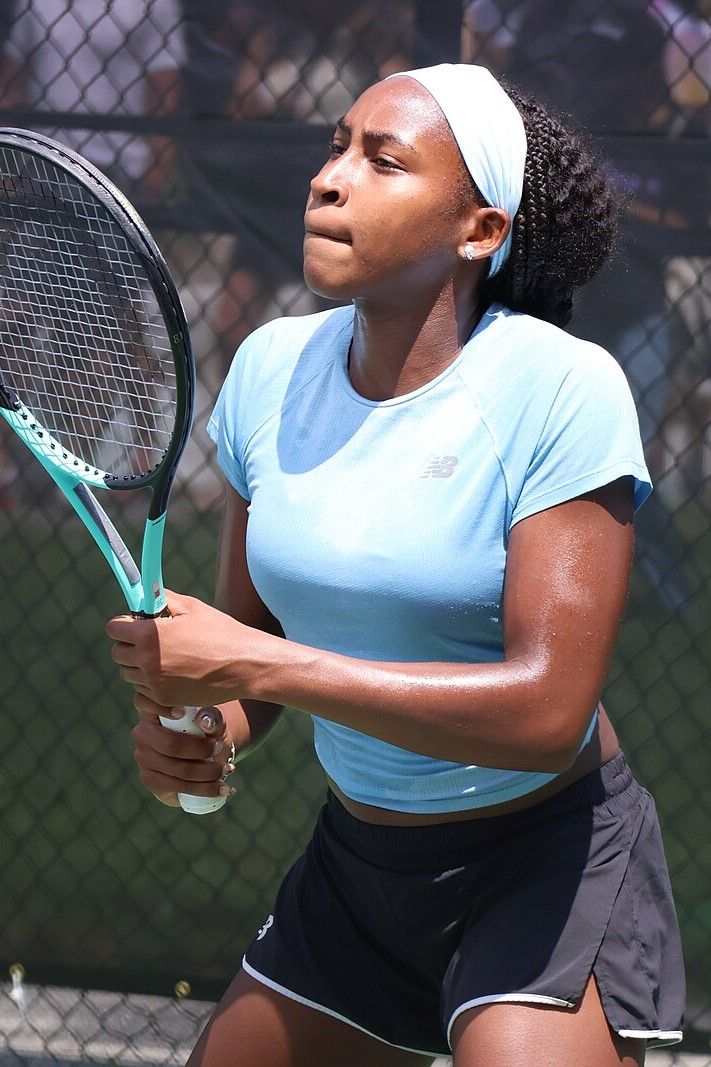Was Wimbledon promoting Coco Gauff and Aryna Sabalenka’s olive branch an unforced error?
In the lead-up to Wimbledon 2025, the tournament’s social media channels spotlighted a high-profile reconciliation between top players Aryna Sabalenka and Coco Gauff. The pair, recently pitted against each other in a tense French Open final, were filmed sharing a TikTok dance on Centre Court—an “olive branch” moment picked up by Wimbledon’s official platforms.
Setting the scene: From controversy to camaraderie
At Roland Garros, Sabalenka lost 6–7 (5), 6–2, 6–4 after amassing 70 unforced errors, blaming her loss more on her own mistakes than Gauff’s brilliance. Though she later apologized—calling her remarks “unprofessional”—the comments triggered backlash, particularly among American fans.
Gauff, by contrast, responded with maturity. She accepted the apology and called for unity, even carrying a toy strawberry (“Strawb”) onto the court and saying she hoped for a kumbaya atmosphere . She echoed this in press conferences: “the olive branch was extended and accepted! we’re good so you guys should be too”.
Wimbledon’s embrace: savvy or staged?
Wimbledon’s promotion of their handshake–cum–TikTok moment can be seen two ways:
✅ A smart PR play
-
Humanizes athletes: Showcasing real emotions—conflict, apology, and reconciliation—helps fans connect emotionally.
-
Broad appeal: The video resonated across demographics, especially younger audiences who value authenticity and social media culture.
-
Reduces tension: The gesture defused lingering negativity from the French post-match fallout, aligning with tournament values of sportsmanship.
❌ A potentially premature PR misstep
-
Backlash from skeptics: Some fans viewed the move as superficial or premature. Comments ranged from praising unity to warning it could be a “rehearsed reconciliation under Centre Court’s spotlight”.
-
Fans’ suspicions: While many embraced the peace gesture, a vocal minority on social platforms expressed doubt—one fan noted “Coco was always good. Sad that Aryna can’t take her words back…”.
-
Risk of overshadowing: Promoting a non-match moment risked taking attention away from Wimbledon’s primary narrative: the quest for the trophy.
Final take
Balancing these perspectives, Wimbledon’s promotion seems a calculated risk—leaning on the heartwarming allure of sportsmanship while acknowledging the fragile nature of public relations. In an era where tennis feels tumultuous and divisive, celebrating reconciliation caters to a collective appetite for positivity. However, it also opens the door to criticism that the move was media-driven rather than spontaneous.
Ultimately, the reaction was mixed: many applauded the gesture, praising Gauff’s grace and Sabalenka’s humility; others cautioned that such displays don’t erase deeper competitive or personal rifts. Whether it was an unforced error or a clever volley depends on one’s view of sports and spectacle.
Wimbledon’s gamble? In showcasing that viral moment, they banked on unity over controversy—perhaps the most Wimbledon-esque strategy of all.
